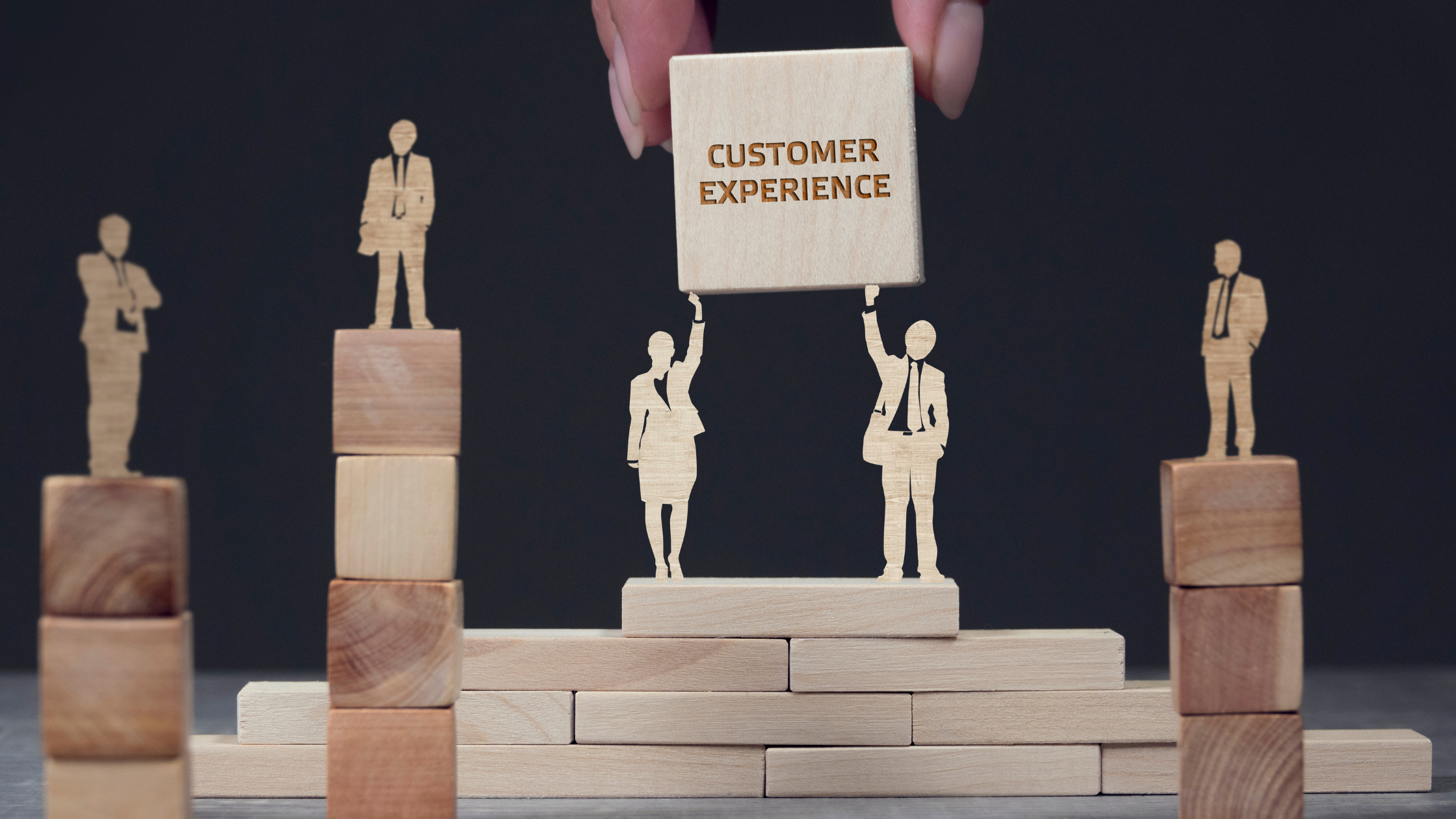How Omnichannel Marketing Can Improve Your Customer Experience (CX)
Omnichannel and Customer Experience (CX) might win the award for the marketing industry topics with the most buzz in 2021. Maybe you think it’s a bit...
We’ve seen too many inefficiencies fly under the radar and hold companies back. Our expertise in through-channel marketing and field sales support enables small marketing teams to support distributed sales forces at scale.


Customer experience (CX) and customer service are not the same, but they’re not exactly rivals like the title of this blog might suggest. Quite the contrary, the two are heavily intertwined. They are both driven by a desire to serve the customer and seek to deliver on customers’ needs and expectations. However, there is a distinction between CX and customer service.
Customer service is a contributor to customer experience. The interactions a customer has with customer service reps are influential to their overall experience. A great customer service interaction does not equal a great customer experience though—it must be one of many great interactions across several departments as we know. Customer service independently provides essential services for customers, but in doing so it becomes an essential element to customer experience as well. So, what is customer service independently?

There’s some disagreement about whether customer service is purely a post-purchase support role or a supporting role for the entire sales process. Nevertheless, everyone seems to agree that the service provided by customer service is support.
Although designated customer service, much like customer experience, customer service is essential to the entire sales process. Customers and potential customers alike need support, and customer service must collaborate with other teams—on both sides of the sale—to deliver it.
Given the circumstances, in our definition customer service is the support that your business offers to both existing and potential customers.
Main Components of Customer Service – Customer service has many facets, but the following are three of the most important and fundamental components that all customer service absolutely must have.
Benefits –
Good customer service benefits the entire sales cycle. According to HubSpot,
Improving loyalty and deal size while reducing customer churn are incredible benefits. They are, however, still secondary to the greater benefit of improved customer experience.
![A + B = C[X]](https://marvel-b1-cdn.bc0a.com/f00000000192166/f.hubspotusercontent30.net/hubfs/2427339/Canva%20images/A%20+%20B%20=%20C%5BX%5D.png)
We’ve already discussed what CX is in our previous blog, What is Customer Experience (CX)?, but we’ll concisely summarize it again here.
Customer Experience is the sum of a customer’s interactions with your brand—both pre and post purchase—that shape the way they see or perceive your brand.
CX is like a math problem—A + B = C(X). Every interaction that a customer has with a brand is either an addition to or subtraction from the overall CX, depending on whether the interaction was positive or negative (makes sense, right?).
Customer service’s primary function is to interact with customers and support them wherever and whenever they need it. The relationship is simple to spot. Simply having customer service isn’t instantly a plus though, it’s as variable as every other interaction.
Positive and negative interactions impact CX respectively. Lacking customer service altogether is a bit ambiguous. How does not having customer service at all impact the customer experience? Well, in a mathematical equation this would likely present as a zero—a number that neither increases nor decreases the result. But in an experience equation that’s certainly not the case. Completely lacking customer service does affect the final result. It is a subtrahend, a negative, a detraction from the customer experience.
Therefore, nonexistent customer service is much like insufficient customer service, except that insufficient customer service still has the potential to deliver a solution whereas nonexistent customer service does not. Taking that into account, no customer service is actually doubly detrimental to the result.
Without customer service, CX will lack the communication and support that customers demand. CX needs the contribution of customer service to close critical gaps in the buying journey and customer so that customer expectations can be met fully.

Customer experience and customer service are not the same. They are not synonymous or interchangeable. They are cooperative, collaborative, and concerted. They strive to provide all that their customers—both potential and existing—are looking for. Customer service serves a specific purpose for customers that contributes to their overall CX. CX orchestrates all facets of the buying journey and customer cycle that serve the customer from start to finish. The scale and scope of what they do may different, but the objective is the same—deliver the best outcome for the customer.

Omnichannel and Customer Experience (CX) might win the award for the marketing industry topics with the most buzz in 2021. Maybe you think it’s a bit...

If the past year has proven anything, it’s that digital is indispensable. Businesses must have a digital presence just to qualify as a competitor. To...

Perception. When researching how to explain Customer Experience (CX), it quickly became clear that most thought leaders and experts on the subject...